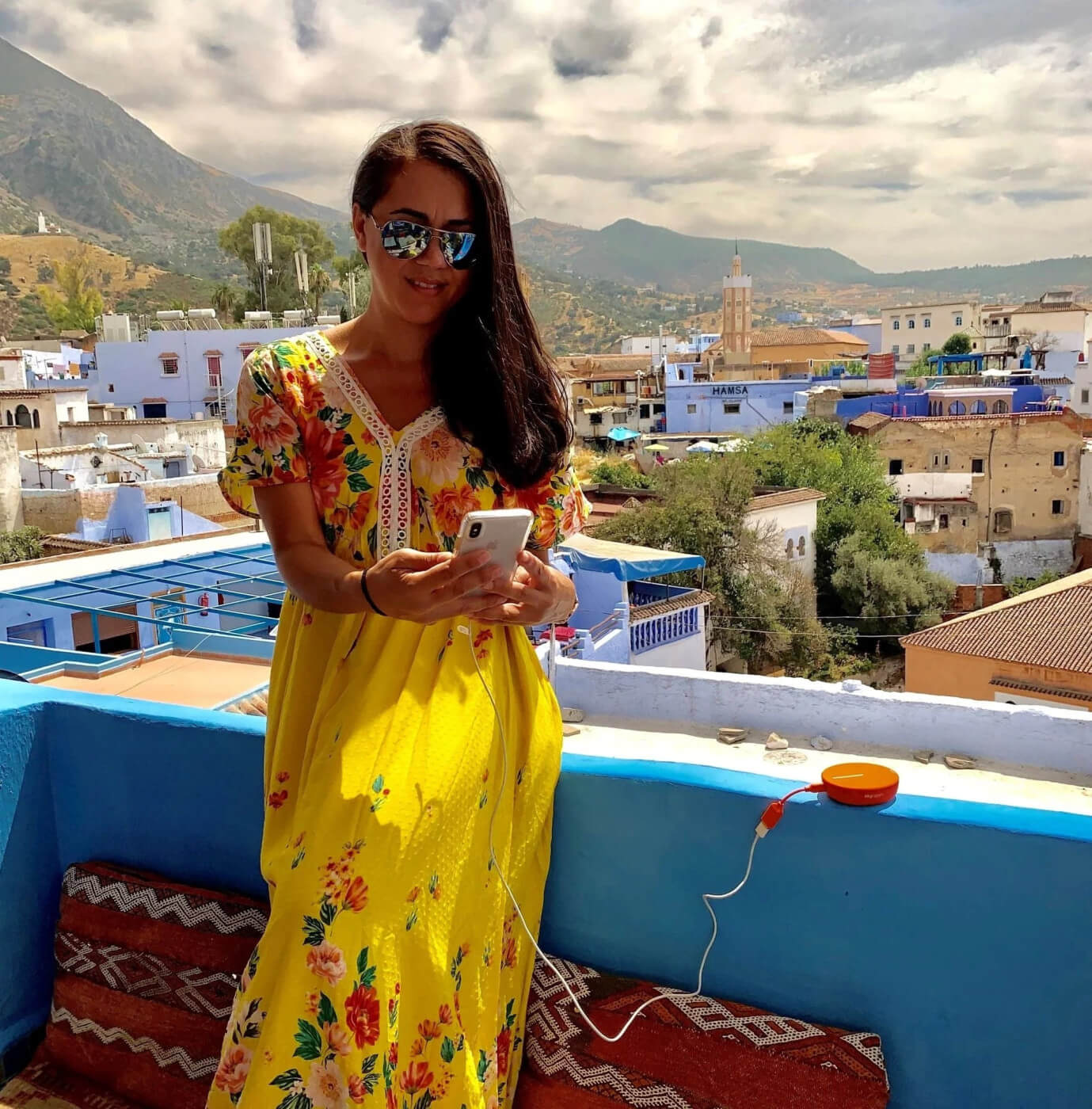In 2023 the Hamilton Perkins Collection (HPC) hit a massive milestone: 1 million plastic bottles upcycled into bags and accessories. HPC is the eponymous designer bag brand created by Hamilton Perkins, TGA’s sustainable travel expert.
Hamilton leads a team that literally turns trash into treasure, manufacturing award-winning products from corporate waste like banners, billboards, and plastic bottles.
We sat down with Hamilton to celebrate this milestone and learn more about his sustainable superhero origin story.
TGA: Was it always obvious that you were going to start your own company?
TGA: Was it a straight path from upcycling mini-mogul to adult sustainable entrepreneur?
HP: Not at all. My experience selling shoes made me eager to get a real job working in retail, but my mom insisted I focus on school instead. Her insistence paid off — as a freshman at Radford University, I made the Dean’s List at age 17. I’m glad the achievement came so soon, because just after receiving the honor, my mom passed away from cancer.
TGA: That sounds incredibly hard.
TGA: How did you go from being a finance bro to returning to your fashion brand and upcycling roots?
HP: I was a Senior Treasury Solutions Analyst at Merrill Lynch when a VP approached me and recommended that I consider an Executive MBA at William and Mary. I wrote a proposal demonstrating the ROI of my MBA, and convinced Merrill Lynch to fund my graduate degree. The most enjoyable aspect of the program was the opportunity to travel. It allowed me to establish global connections with peers and leaders, and I’ve maintained those relationships to this day. We had the privilege of visiting destinations like Hong Kong, Shanghai, Madrid, and Athens, and the experience inspired me to embark on my own solo research trips to places like Germany and Australia.
TGA: You had a freshly minted MBA and a love of travel. Where did the whole trash as opportunity idea come from?
HP: Around this time, I was trying to work on my health and I started the process by drinking more water. I was trying to drink 8 bottles of water a day and it was working well but there was a problem — I was looking at a lot of plastic at the end of the week. Meanwhile, I learned that there was more plastic made in the previous 10 years than the last 100 years.
That’s when everything came together. I was actively working on side projects selling bags and totes to small businesses and private clients, and surveyed them to get their opinion and
TGA: Your customer is a fashion and eco-conscious consumer — or a large corporation?
HP: While we do release collections of travel bags and accessories made from repurposed materials, my company also helps corporate partners turn their would-be trash into gift-worthy treasures. For many customers, these upcycled items replace the generic corporate gift with a unique item that recipients will remember – if not use – for a long time. When the use is done we close the loop and upcycle the products again.
We’ve showcased our business at the Travel Goods Show, where we secured our first ever partnership with Zappos.com. We have been featured in Forbes, Fast Company, and on The Ellen Show. Clients include HP, Paramount, Affirm, and National Geographic.
My favorite part is the process of finding materials and reimagining them as part of a future collection. I never stop looking for opportunities and creative ideas we can execute through collaboration and partnerships.
TGA: What’s next for the Hamilton Perkins and the Hamilton Perkins Collection?
HP: I may have cracked the code on upcycling in the corporate world, but my work is far from done. There is power in viewing things from a different perspective. As a Black founder I know I have a platform, and I’m working to share my message as a finalist in Pharrell Williams’ Black Ambition prize, as well as the Los Angeles Cleantech Incubator Founders Business Accelerator.
I hope to inspire the travel goods industry as TGA's sustainability consultant and Travel Goods Magazine's Sustainable Travel Columnist. As travel ramps up, remember that no matter how small the impact may feel in the moment, each decision contributes to a cleaner, greener future.
If I could only share one takeaway from my experience as an entrepreneur at the intersection of travel goods, sustainability, and fashion, it’s this: people have to see the impact. They have to know the story. If you believe, as I do, that “trash” can be an opportunity, the most important challenge to overcome is communicating the value to customers. If you can do that, you can build the next generation of sustainable manufacturing businesses.










